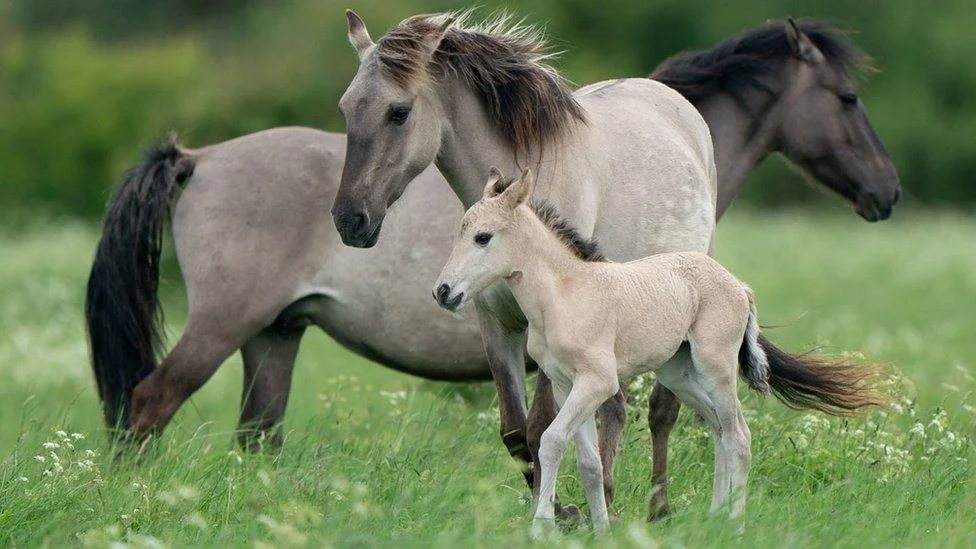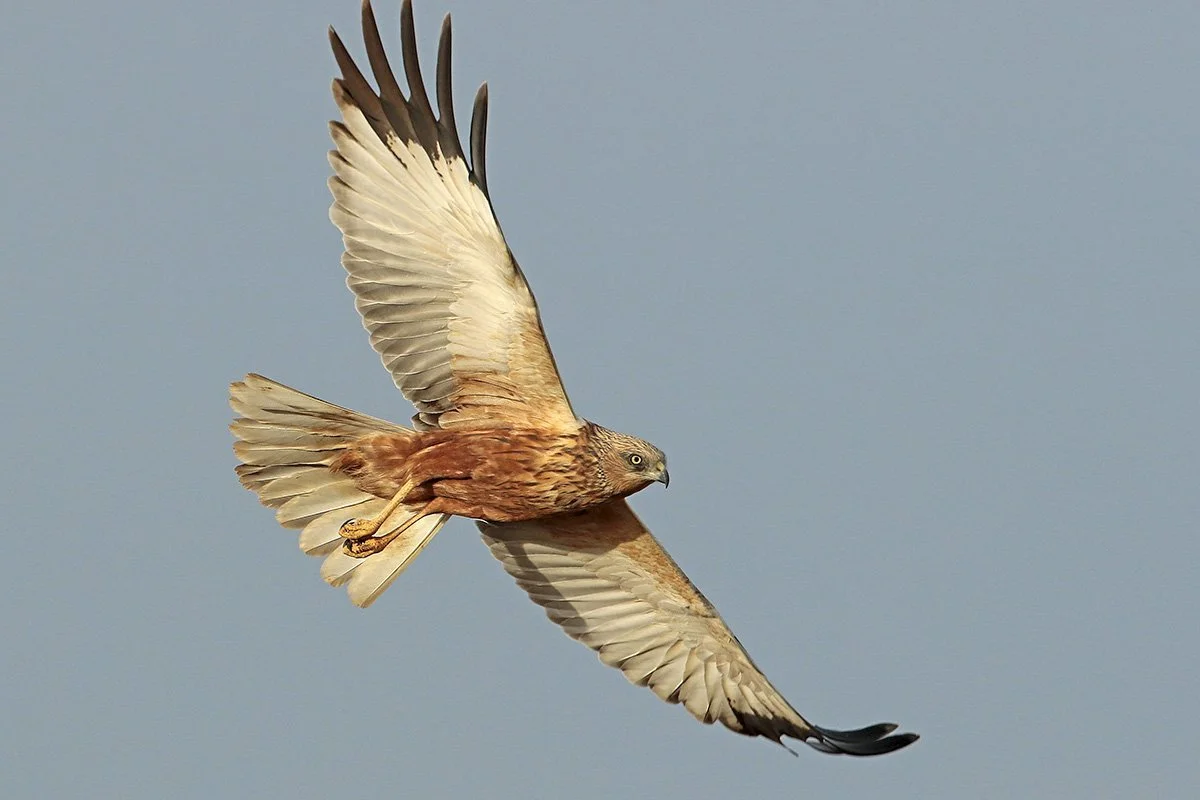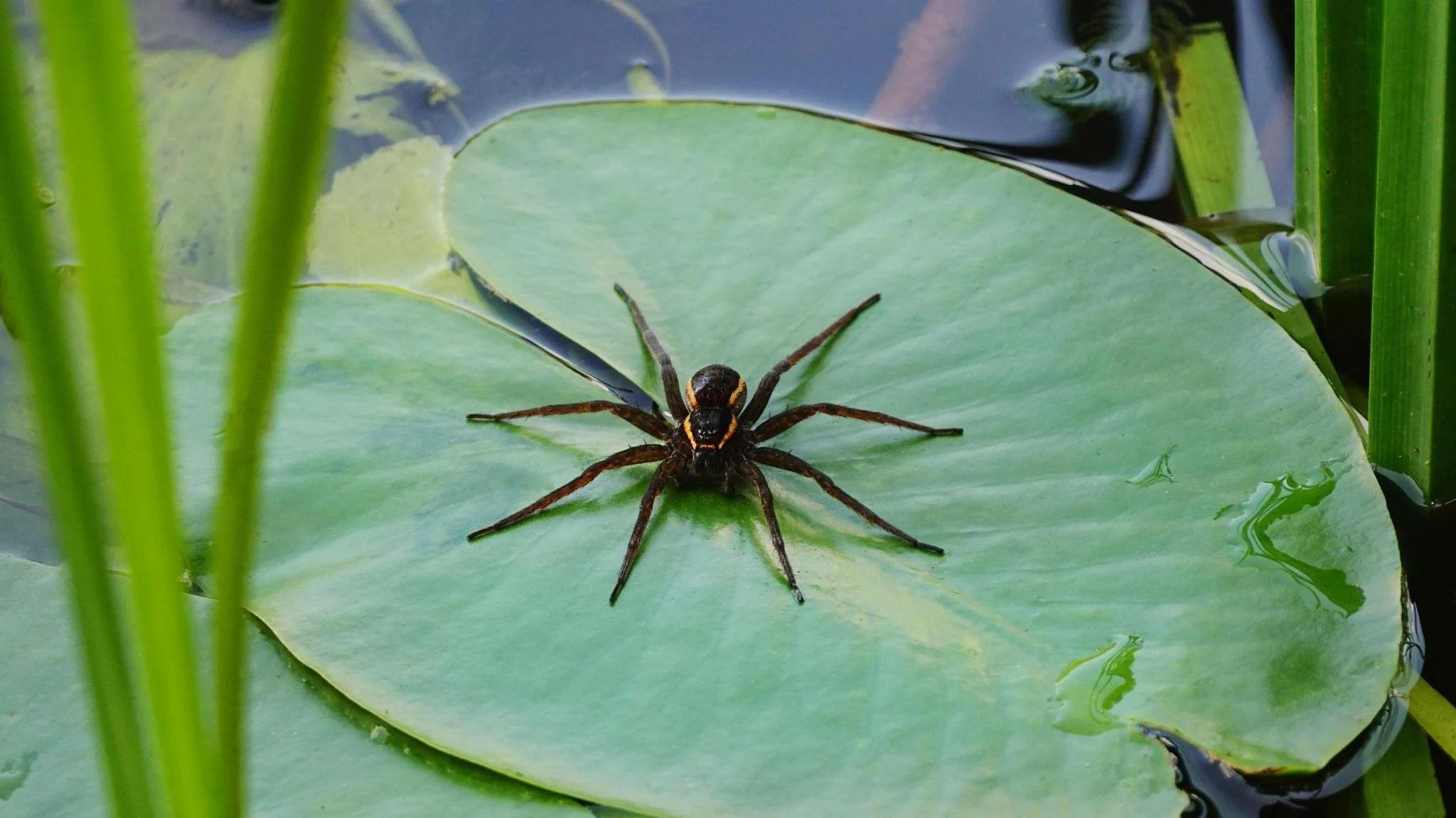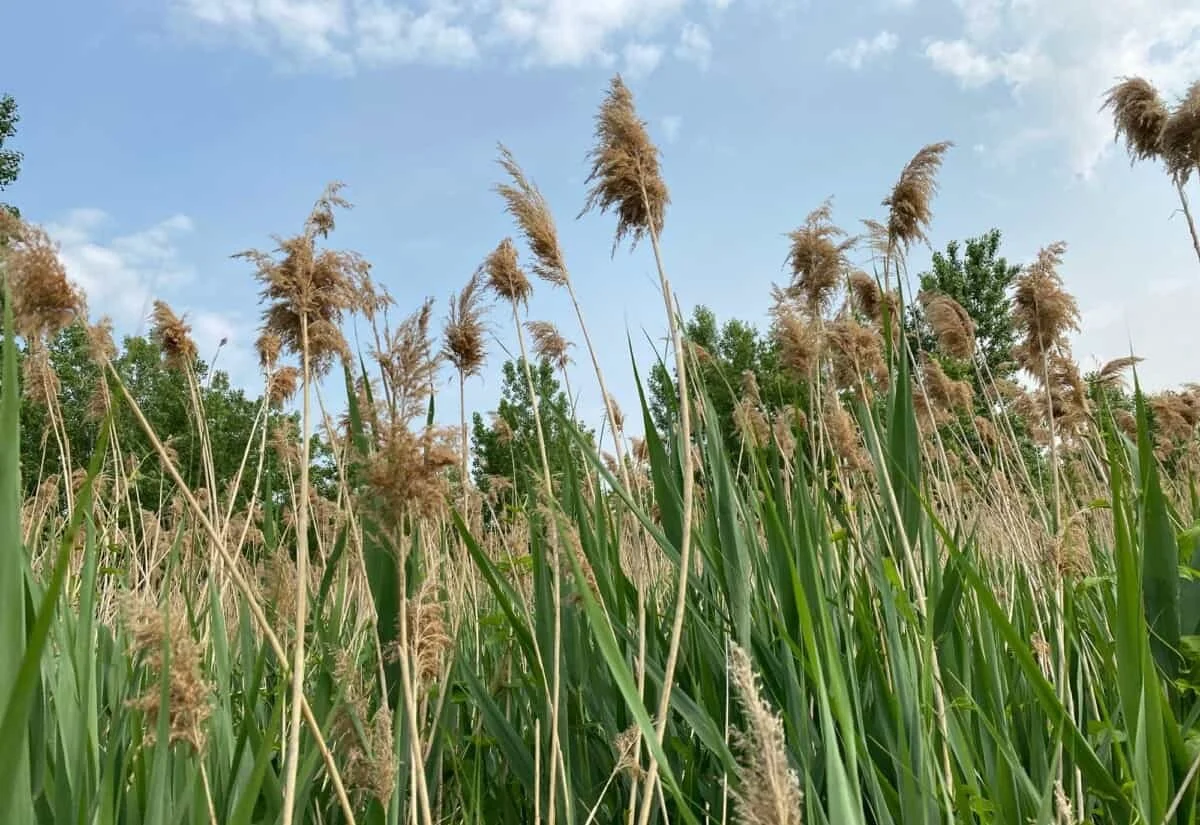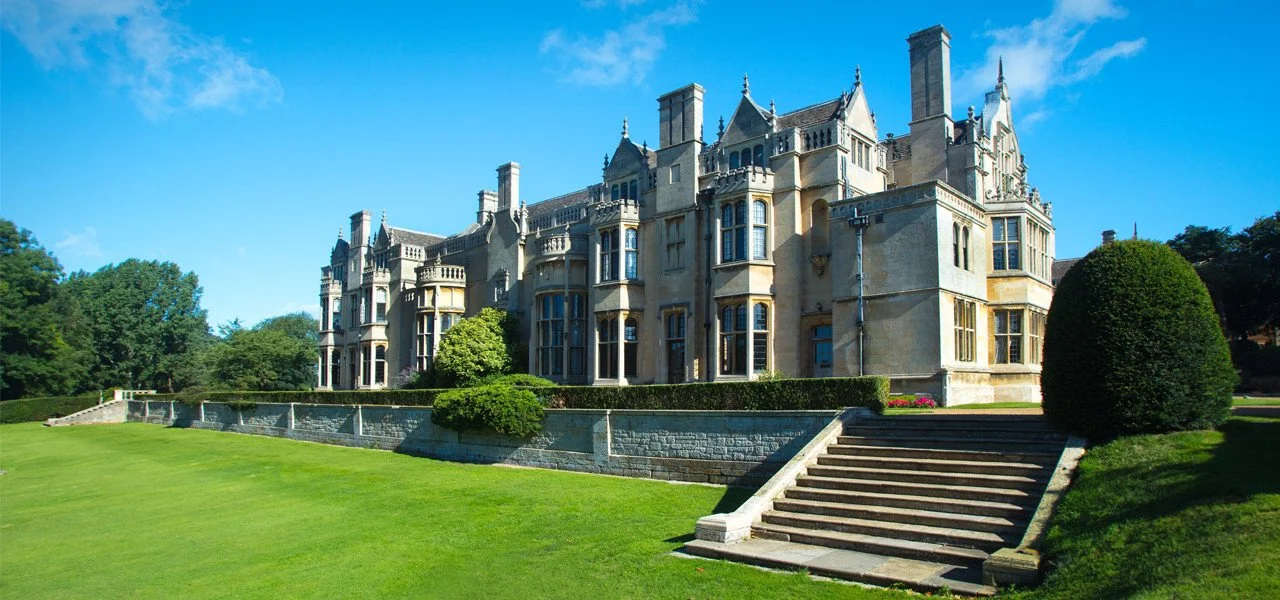The Nature
A brief overview of selected flora and fauna relevant to your experience. Included for guests who wish to familiarise themselves with the surrounding ecosystem, or brush up on their hyper-specific knowledge in order to impress a certain girl.

Konik Pony
Originally from Poland, Konik ponies are a hardy, semi-wild breed introduced to Wicken Fen as conservation grazers. Their natural foraging habits help manage vegetation across the fen, creating the right conditions for a diverse range of plant and animal species to thrive. They are often seen in open areas and grazing in shallow water meadows.
Marsh Harrier
The marsh harrier is one of the UK’s rarest birds of prey and a key species at Wicken Fen. Easily recognised by its long wings and tail, and low, gliding flight, it is often seen hunting over reedbeds and wetlands. Breeding at the site, it plays an important role in maintaining the ecological balance of the fen.
Fen Raft Spider
One of Britain’s largest and rarest spiders, the fen raft spider inhabits ditches and pools within Wicken Fen. It is semi-aquatic, capable of walking on water and diving beneath the surface to escape predators or catch prey. Though elusive, its presence is a strong indicator of healthy wetland conditions.
A Brief History of Wicken Fen
Wicken Fen is one of the oldest nature reserves in the United Kingdom, with a history of active conservation dating back to 1899. It was the first reserve to be acquired by the National Trust specifically for its wildlife value, marking the beginning of a long-term effort to preserve and restore lowland fen habitat.
Historically, the Cambridgeshire Fens were a vast wetland landscape, shaped by centuries of drainage and agricultural development. Wicken represents one of the last surviving fragments of this once extensive ecosystem. Today, it supports a unique mix of ancient peatland, reedbeds, sedge fields, and open water - providing a haven for over 9,000 recorded species, including many rare and threatened plants and animals.
The reserve has expanded over time through a pioneering landscape-scale conservation project known as the Wicken Fen Vision, which aims to create a continuous corridor of wetland habitat from Wicken to the edge of Cambridge. Managed grazing, hydrological restoration, and species monitoring all play a role in supporting biodiversity and preserving the site’s ecological integrity.
Phragmites australis (Common Reed)
The dominant plant of Wicken Fen, common reed forms extensive reedbeds that provide essential habitat for birds, insects, and aquatic species. It thrives in nutrient-rich wetlands and plays a crucial role in stabilising the ecosystem by filtering water, reducing erosion, and supporting biodiversity throughout the year.
Comarum palustre (Marsh Cinquefoil)
A striking wetland plant with deep red, star-shaped flowers, marsh cinquefoil grows along the edges of ditches and pools. It typically flowers in late spring and early summer, attracting a variety of pollinators. Its presence is a strong indicator of undisturbed fenland conditions and healthy peat soils.
Cladium mariscus (Great Fen-sedge)
Also known as saw-sedge, this tall, robust plant once formed the basis of traditional thatching and was historically harvester by hand at Wicken. It grows in water, base-rich areas of the fen and contributes to the distinctive structure of sedge-dominated habitats. Though less dominant today, it remains ecologically and culturally significant.
Beyond Wicken
Rushton Hall
Rushton Hall is a Grade I listed country house in Northamptonshire, surrounded by formal gardens and parkland. Built in the late 16th century, it has been carefully restored and now operates as a hotel and spa. The site combines historic architecture with quiet, landscaped grounds and access to nearby countryside.
Ulverscroft Nature Reserve (optional)
Located in Charnwood Forest, Ulverscroft Nature Reserve is an area of ancient woodland, heath, and meadow. Managed by the Leicestershire and Rutland Wildlife Trust, it supports a range of wildlife and plant species across a varied landscape. Walking paths allow access through the reserve while protecting its habitats.
lrwt.org.uk/nature-reserves/ulverscroft
Stoneywell National Trust Site (optional)
Stoneywell is a small Arts and Crafts house set within a woodland garden in Leicestershire. Designed by Ernest Gimson and completed in 1899, the house is preserved by the National Trust and open to visitors on a timed-entry basis. The site includes gardens, outbuildings, and a short trail through surrounding woodland.

